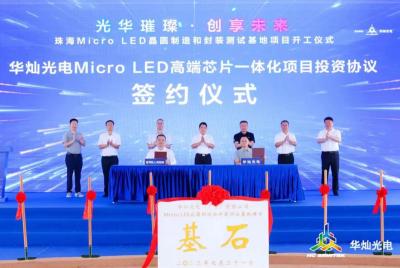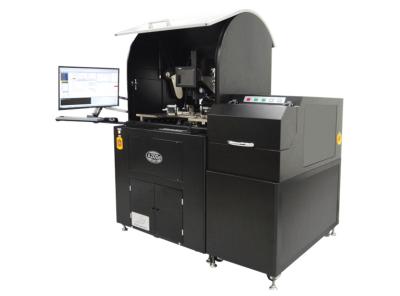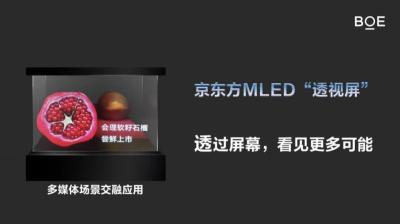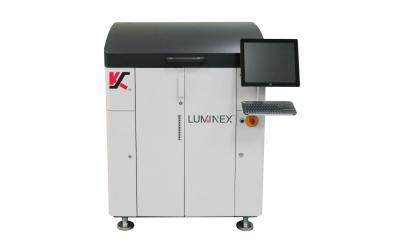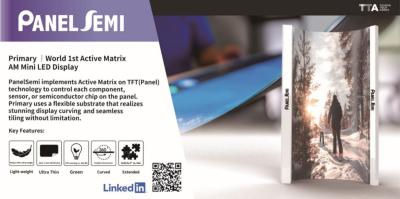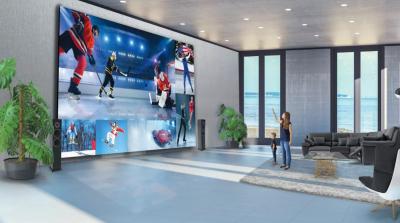HC Semitek starts building a $700 million microLED production line in Zhuhai, China
China-based HC Semitek is embarking on a 5 billion Yuan project (almost $700 million USD) to produce microLED wafers in Jinwan District, Zhuhai, China. The project will have three phases, with the first one (estimated at $275 million) has officially started last month.
HC Semitek hopes to light up the new production line in September 2024, and to start production by December 2024. When all three phases are complete, the new production line will have a yearly capacity of 58,800 microLED wafers (we do not the wafer size at this project, but we estimate these are 8-inch wafers). It is not clear from the reports, but this production line may also produce mini LEDs, not just microLEDs.
